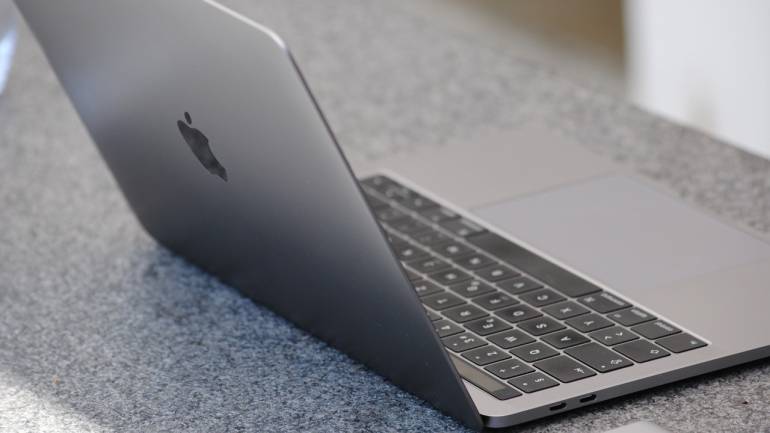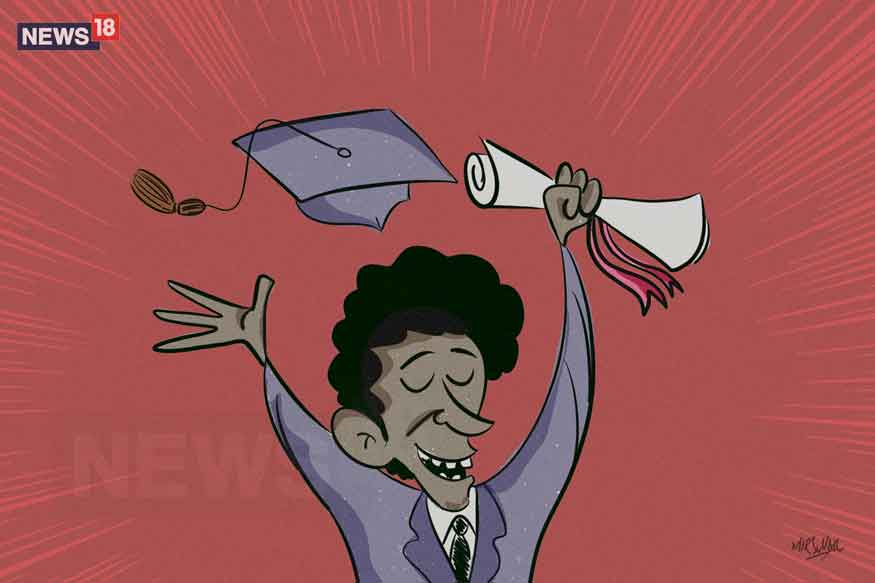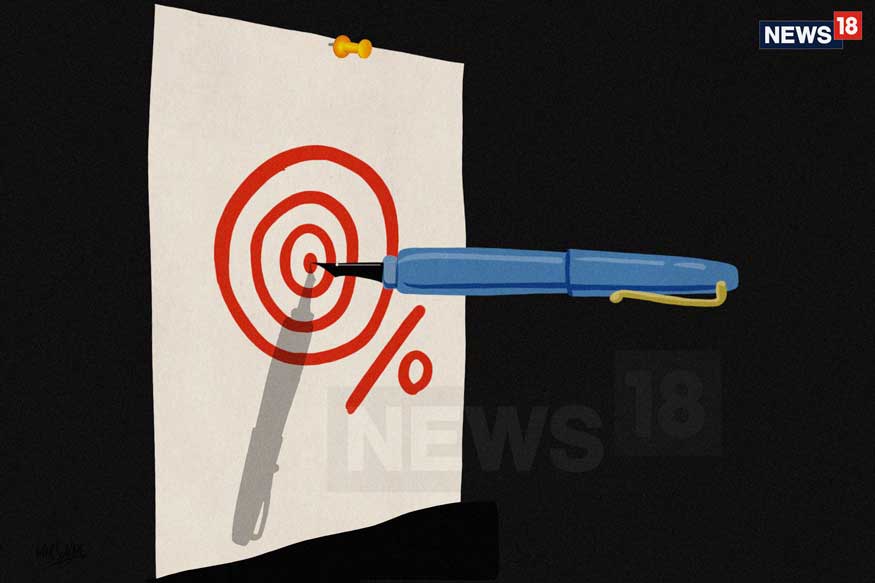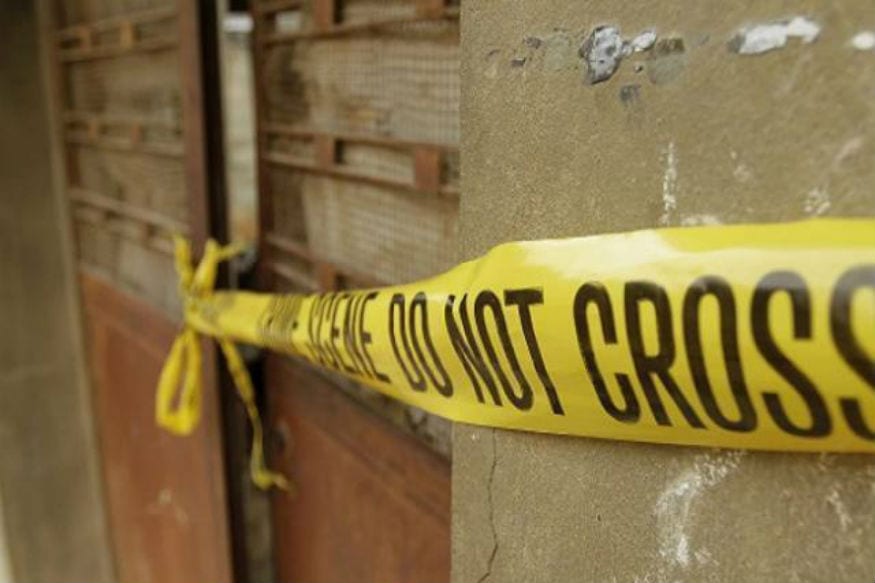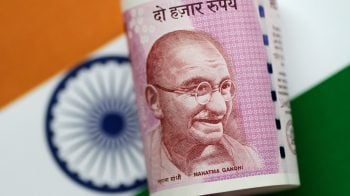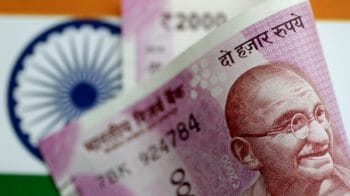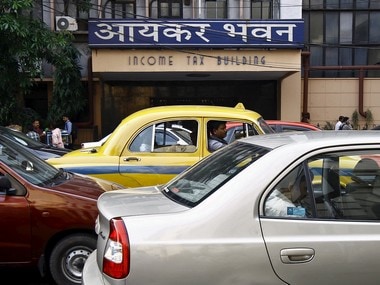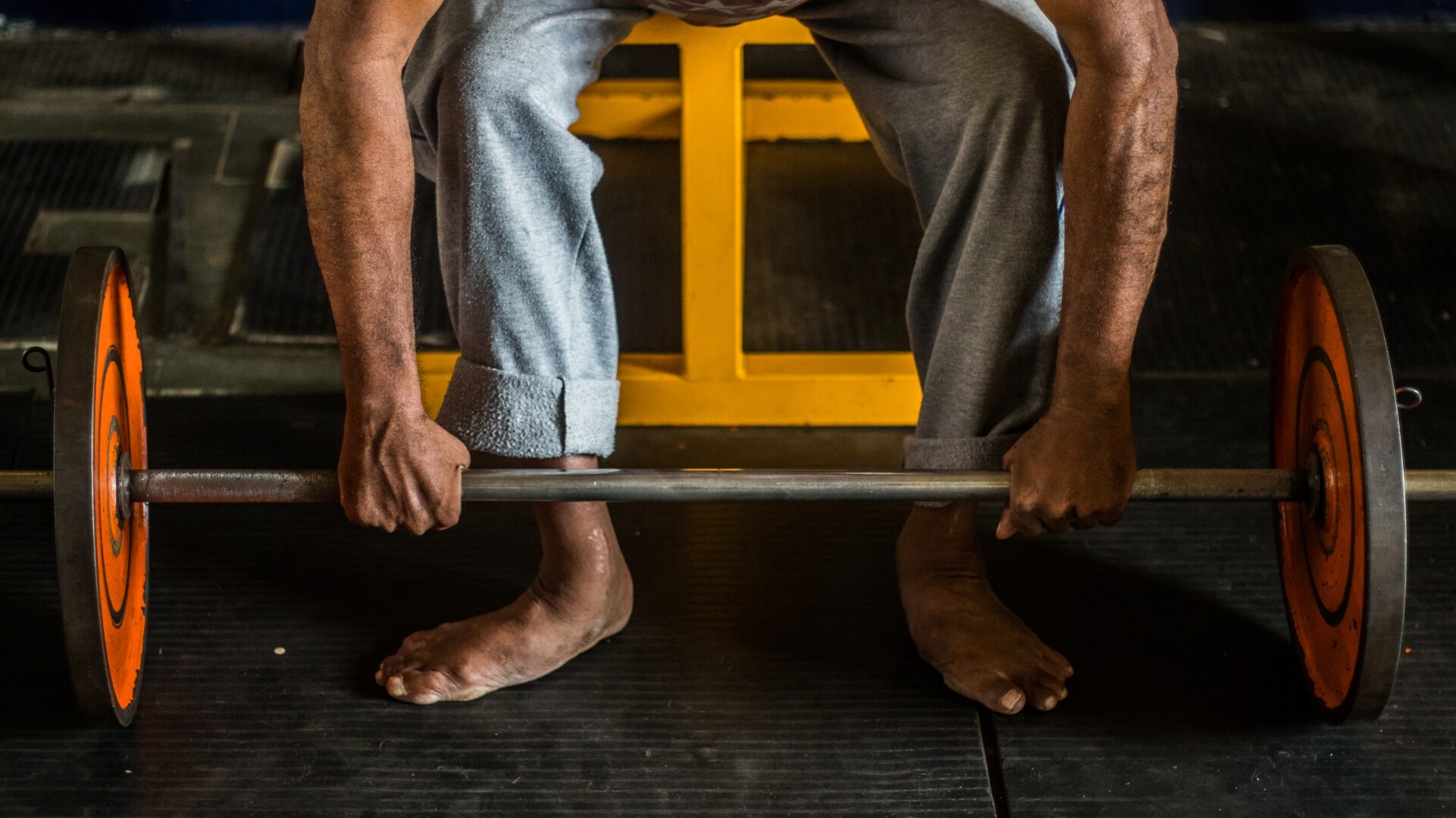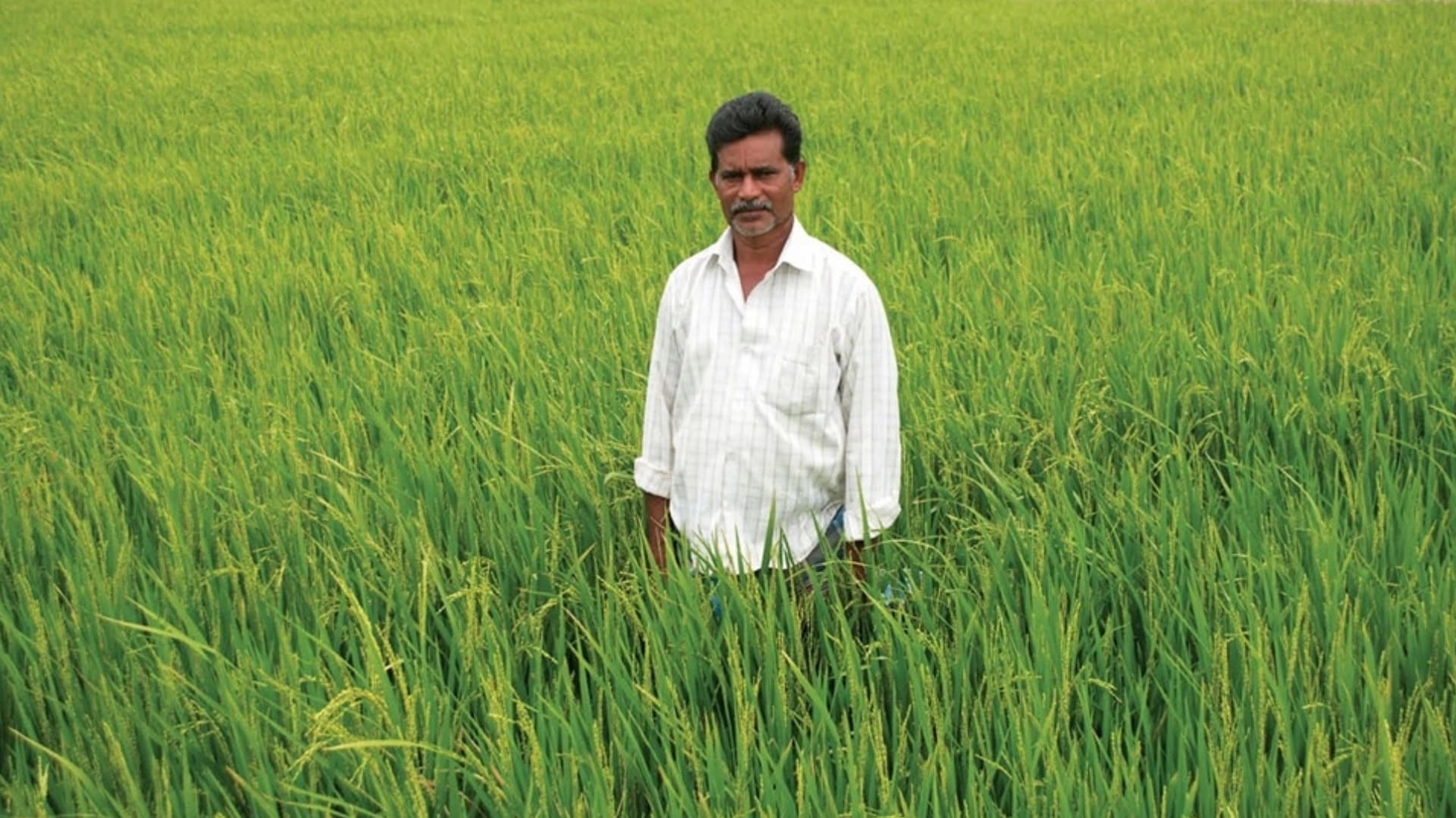The quick-fix to this problem would be to overwork on the cooling system to ensure CPU throttling is minimised.
PC fanboys simply love hating MacBooks because of their lavish pricing. But that’s not necessarily true as building a high-end Windows laptop could be just as expensive as buying a similarly- spec'd MacBook. The real issue with Macs is that they don’t perform as you’d expect given their specifications.
Apple markets the MacBook as the perfect balance between power and design. And, while one cannot argue about the design aspect of a MacBook – they’re slim, lightweight, beautifully designed – the power part is questionable, despite having specs that make your eyes light up.
But in the pursuit of visual appeal, Apple doesn’t tend to do justice to the impressive specs. The reason for this being 'thermals'.
Take the 2018 MacBook Pro, for instance, a beautifully designed machine with top-of-the-line specs. However, one of the most surprising additions to the 2018 MacBook Pro was the Intel Core i9 model. The Core i9 MacBook Pro made video professionals eager to get their hands on. This was truly one of the most significant power-meets-beauty moments in MacBook history.
But it didn’t last long. Only a couple of days after the $4000 MacBook Pro was announced, YouTuber Dave Lee (Dave2D) discovered the system ran too hot during lengthy and intensive video renders, which led to CPU throttling that offered Core i7 equivalent performance for long periods.
And, while Apple did bring in OS updates, using software trickery to mask a poorly designed cooling system isn’t enough. Especially considering its MacBook Pro is the company’s ultimate performance laptop.
For the uninitiated, CPU throttling basically prevents your CPU from overheating by reducing performance when they're running too hot. Most Intel CPUs throttle back their clock speeds in order to protect themselves from damage when temperatures run too hot.
Apple has done a little bit of manoeuvring here and adjusted the voltage and fan curves in Mac OS so that they can hit a higher thermal threshold without throttling too far below Intel’s advertised base clock. And, while most laptops with Intel HK series chips tend to thermal throttle, it is to a much lesser degree than the MacBook Pro.
Now the quick-fix to this problem would be to work on the cooling system to ensure CPU throttling is minimised, but Apple just isn’t doing this. And, even if you don’t care of about giving users the best performance possible, any chip subjected to higher operating temperatures will have a much shorter lifespan.








